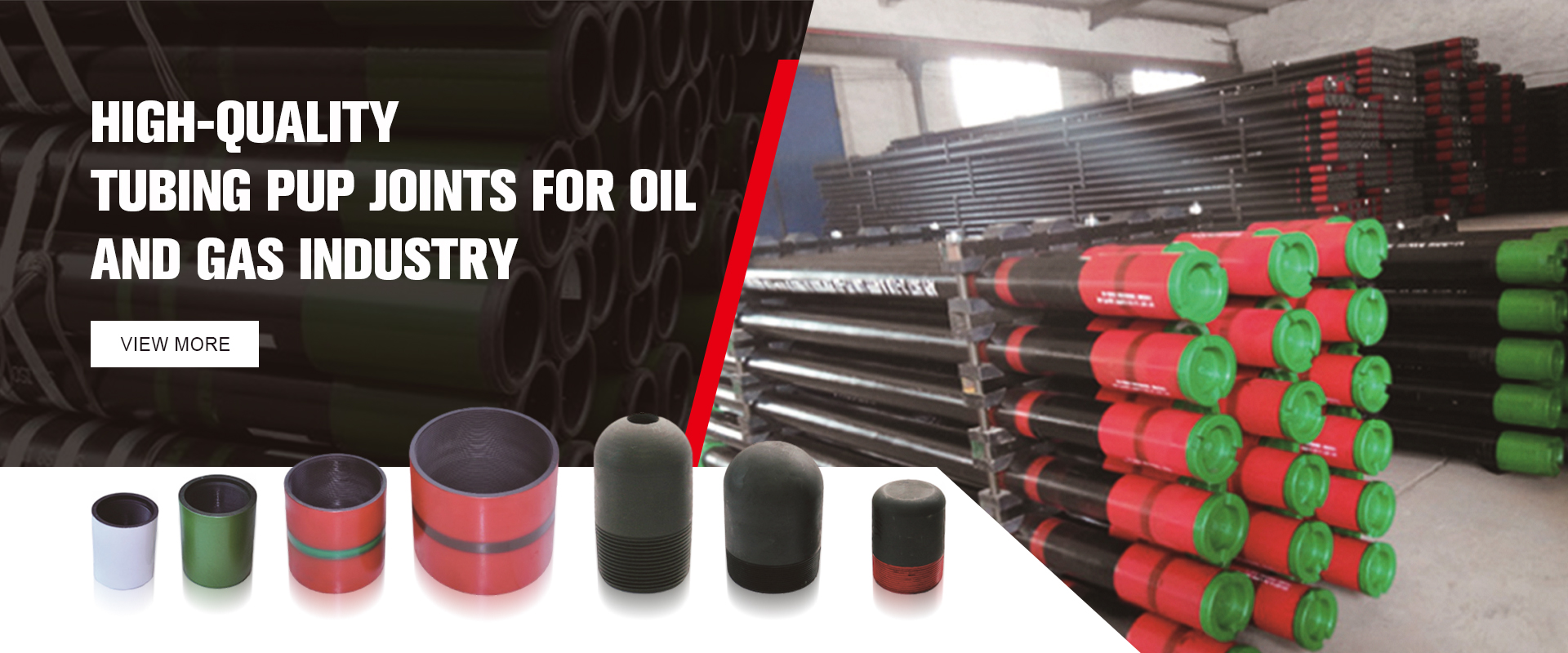- Afrikaans
- Albanian
- Amharic
- Arabic
- Armenian
- Azerbaijani
- Basque
- Belarusian
- Bengali
- Bosnian
- Bulgarian
- Catalan
- Cebuano
- Corsican
- Croatian
- Czech
- Danish
- Dutch
- English
- Esperanto
- Estonian
- Finnish
- French
- Frisian
- Galician
- Georgian
- German
- Greek
- Gujarati
- Haitian Creole
- hausa
- hawaiian
- Hebrew
- Hindi
- Miao
- Hungarian
- Icelandic
- igbo
- Indonesian
- irish
- Italian
- Japanese
- Javanese
- Kannada
- kazakh
- Khmer
- Rwandese
- Korean
- Kurdish
- Kyrgyz
- Lao
- Latin
- Latvian
- Lithuanian
- Luxembourgish
- Macedonian
- Malgashi
- Malay
- Malayalam
- Maltese
- Maori
- Marathi
- Mongolian
- Myanmar
- Nepali
- Norwegian
- Norwegian
- Occitan
- Pashto
- Persian
- Polish
- Portuguese
- Punjabi
- Romanian
- Russian
- Samoan
- Scottish Gaelic
- Serbian
- Sesotho
- Shona
- Sindhi
- Sinhala
- Slovak
- Slovenian
- Somali
- Spanish
- Sundanese
- Swahili
- Swedish
- Tagalog
- Tajik
- Tamil
- Tatar
- Telugu
- Thai
- Turkish
- Turkmen
- Ukrainian
- Urdu
- Uighur
- Uzbek
- Vietnamese
- Welsh
- Bantu
- Yiddish
- Yoruba
- Zulu
Comparing Bull Plug and Hex Plug Performance Differences in Various Applications and Industries
Bull Plug vs. Hex Plug A Comprehensive Comparison
When it comes to the world of plumbing and industrial fittings, two types of plugs frequently come into discussion bull plugs and hex plugs. Both serve the primary function of sealing off pipes, but they have distinct features, applications, and benefits that differentiate them. Understanding these differences is crucial for anyone involved in plumbing, hydraulics, or other applications requiring fluid control.
Bull Plug
A bull plug, also known as a square plug, is characterized by its unique design featuring a round body and a square or hexagonal head. This design allows for easier gripping and torque application during installation and removal. Bull plugs are typically made from materials such as brass, stainless steel, or plastic, depending on the application and the fluids involved.
Advantages of Bull Plugs
1. Ease of Use The square or hexagonal head of the bull plug allows for a more secure grip, enabling the user to apply additional torque without slipping. This is particularly beneficial in high-pressure applications.
2. Versatility Bull plugs are widely used in various industries, including plumbing, hydraulic systems, and even in automotive applications. Their ability to seal off pipes of different sizes makes them a flexible choice for many professionals.
3. Cost-Effective Generally speaking, bull plugs are more affordable than hex plugs, making them a preferred choice for large-scale projects where budget constraints may be a concern.
Despite these advantages, bull plugs may not always be suitable for high-temperature applications, as the materials used can be susceptible to degradation under extreme conditions.
.
Hex Plug
bull plug vs hex plug

On the other hand, hex plugs are designed with a hexagonal head that allows for easy installation using standard wrench sizes. This design is particularly advantageous for flush or recessed piping systems, where space is limited. Hex plugs are also manufactured from a variety of materials, including brass, stainless steel, and even plastic.
Advantages of Hex Plugs
1. Space Efficiency The hexagonal shape allows hex plugs to be used in tighter spaces than bull plugs, making them ideal for compact installation environments.
2. Durability Hex plugs are often built to withstand greater levels of heat and pressure, making them suitable for high-performance applications in industrial settings.
3. Standardization The hex design allows for compatibility with standard tools, making it easy to find the right fittings and tools for the job. This standardization simplifies inventory management for businesses.
While hex plugs are durable and effective, they can be more expensive compared to bull plugs, which may deter some users, especially for non-critical applications.
Conclusion
In summary, both bull plugs and hex plugs have their respective advantages and ideal use cases. Bull plugs are straightforward, easy to use, and cost-effective, making them suitable for general plumbing and low-pressure situations. Conversely, hex plugs excel in durability and space efficiency, making them a top choice for industrial applications that demand high performance.
When selecting between a bull plug and a hex plug, it’s essential to consider the specific requirements of the application, including the materials involved, pressure and temperature conditions, and space constraints. By doing so, users can ensure they make the best choice for their plumbing or industrial needs, ultimately leading to improved efficiency and reliability in their systems.
-
Tubing Pup Joints: Essential Components for Oil and Gas OperationsNewsJul.10,2025
-
Pup Joints: Essential Components for Reliable Drilling OperationsNewsJul.10,2025
-
Pipe Couplings: Connecting Your World EfficientlyNewsJul.10,2025
-
Mastering Oilfield Operations with Quality Tubing and CasingNewsJul.10,2025
-
High-Quality Casing Couplings for Every NeedNewsJul.10,2025
-
Boost Your Drilling Efficiency with Premium Crossover Tools & Seating NipplesNewsJul.10,2025







